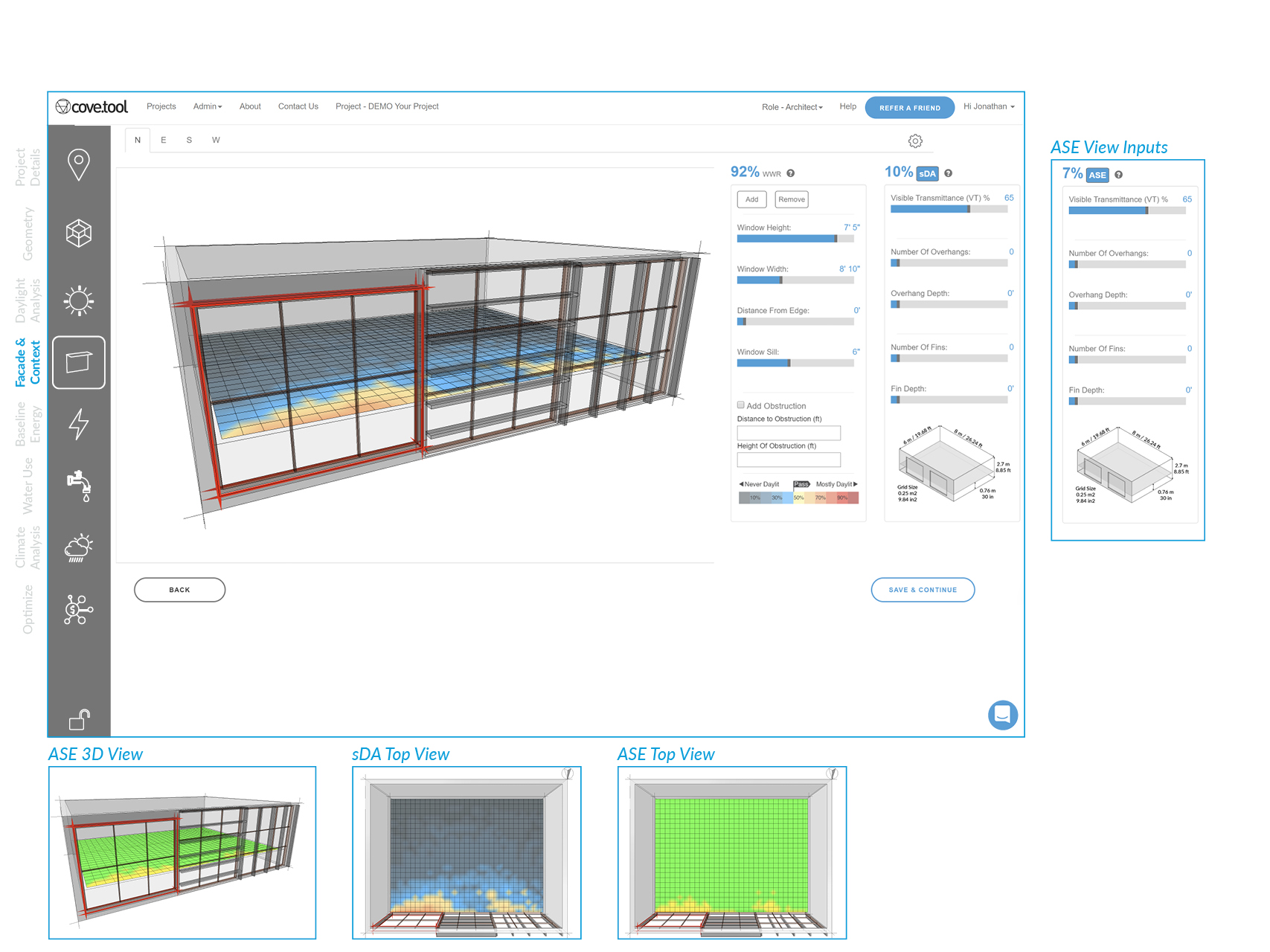Frontegg, a Tel Aviv-based startup that helps SaaS companies build their products faster by giving them access to a set of enterprise-ready building blocks for often-used features like authentication and notifications, today announced that it has raised a $5 million seed round. The round was led by Pitango, with backing from i3 Equity and Global Founders Capital.
The founders of Frontegg, Sagi Rodin (CEO) and Aviad Mizrachi (CTO), met during their time at security company Check Point, where Mizrachi managed an R&D group and Rodin’s last role was that of director in its cloud security organization. Both have extensive experience in various management and engineering roles at other companies.
“Most of the SaaS products today kind of feel and act the same,” Rodin explained. “They provide the same capabilities and the same user experience around things like authentication, security, notification, reporting dashboards and capabilities like that. These are capabilities that have become the facto standard in the landscape of modern SaaS products.”
Frontegg, he hopes, can become the new standard for SaaS companies to build these kinds of features into their products.
“Over the last decade, the SaaS market has matured and customer expectations for SaaS features have become firmly established,” said Ayal Itzkovitz, managing partner at Pitango Early Stage, who will join the company’s board of directors. “SaaS companies building products powered by the Frontegg platform can supercharge SaaS innovation, simplifying the development process while delivering solutions with the confidence they will be secure, stable and scalable, all the while meeting high customer expectations for experience and performance.”
For the most part, these are also table stakes that take a long time to develop — or involve bringing in expensive third-party services — but that don’t help these companies differentiate and that take focus away from developing their own products. The idea behind Frontegg is to give dev teams the building blocks to integrate all of these capabilities into their own products.
Right now, the team is focusing on building out tools around three main areas: security, connectivity and engagement. That includes the ability to add enterprise-level authentication through third-party identity providers, setting up roles and permissions for users and audit logs, for example, as well as features like in-app alerts, push notifications and various reporting capabilities.
In part, the company’s philosophy is also to give these companies the ability to allow their own customers to self-manage everything on their own, so a lot of these building blocks focus on giving SaaS companies the ability to build these self-service capabilities into their products.
Interestingly, Rodin noted that a lot of companies that are using the service today aren’t starting from zero but are looking to integrate new capabilities quickly because their users are demanding them.
Right now, the one-year-old company has 16 employees, with plans to use the new funding to expand the team and build out the product.





